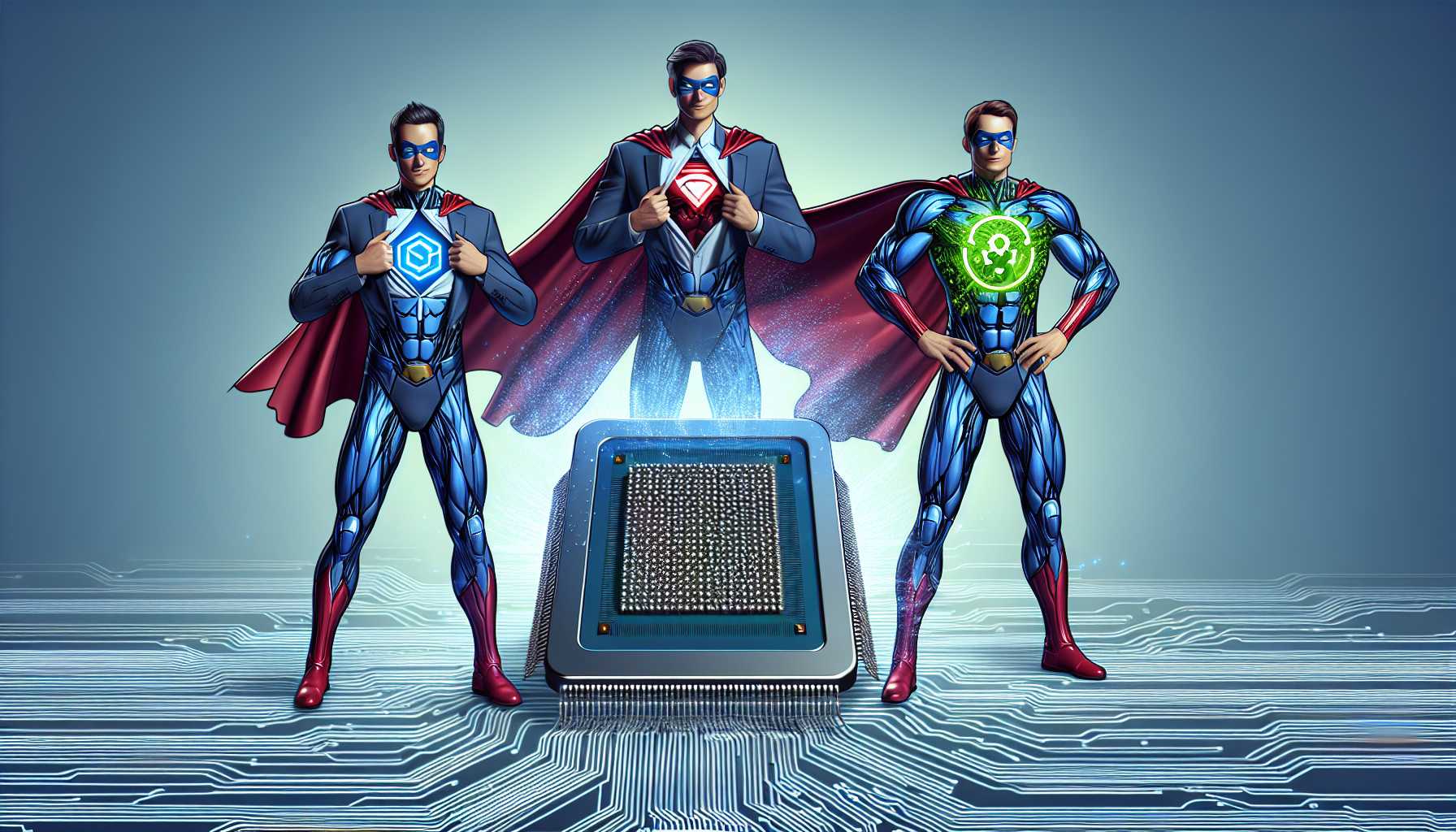In the ever-evolving realm of artificial intelligence, a new battlefield has emerged with generative AI models standing at the forefront. As tech enthusiasts and experts, we’ve witnessed explosive growth in this sector, with startups and tech giants alike vying for the upper hand. In the left corner, we have the likes of startup Anthropic, confidently stepping into the ring with their claim of best-in-class performance. Their contender, a family of generative AI models, appears to be equipped for the bout. But they aren’t alone in this fight for AI supremacy. Not to be outshone, Inflection AI, another formidable competitor, has thrown its hat into the ring. Just days after Anthropic’s announcement, Inflection has challenged with a model they assert rivals the capabilities of OpenAI’s GPT-4 in quality. The list of contenders is long and distinguished, with Google’s Gemini models and OpenAI’s GPT series are no strangers to this AI arms race. But what does “best-in-class performance” truly entail in this context? The answer is shrouded in the technical jargon and benchmarks that these companies use to tout their AI models’ prowess.
Esoteric AI Jargon Demystified
To the ordinary person, phrases like “state-of-the-art performance” and “benchmark metrics” may seem like arcane spells from the AI grimoire. But let me decode the jargon for you. These benchmarks are the metrics that AI firms use to quantify how well a model performs certain tasks. Think of them as the obstacle courses in the AI Olympics, where digital athletes, our AI models, showcase their strengths and reveal their weaknesses. One such benchmark, the GPQA, reads like a PhD exam filled with highfalutin questions that would stump even the brainiest among us. Yet, most people engage with AI models for seemingly mundane tasks – drafting emails, writing cover letters, or simply ranting about their day. It’s a bit like training your cat to compete in agility contests when all you really need is a cuddle buddy. The “evaluation crises,” as noted by AI scientist Jesse Dodge, reflects the disconnect between what AI models are tested on and the myriad creative ways people actually use them. The benchmarks, often several years old, struggle to keep pace with the inventive and diverse uses of AI in the real world.
The Right Metrics for the Job: A Closer Look
Let’s delve a bit deeper into the benchmarks that seem to miss the mark. Not all commonly used benchmarks are flighty and frivolous—some undoubtedly serve their purpose. The problem, however, lies in their lack of relevance to the average user. David Widder, a postdoc researching AI and ethics, remarks on the narrow scope of common benchmarks. They often test on skills that are irrelevant to the masses, like identifying anachronisms or solving grade school math problems. Older AI systems were niche problem-solvers, but as AI systems are increasingly pitched as do-it-all, Jack-of-all-trades digital helpers, many benchmarks fall by the wayside. Furthermore, some benchmarks might not even capture what they’re supposed to measure. An analysis of the HellaSwag benchmark, designed to evaluate commonsense reasoning, uncovered a smorgasbord of typos and nonsensical entries. The irony is not lost on us.
Rethinking AI Benchmarks: A Human Touch
With prevailing benchmarks deemed busted, can they be salvaged? According to Dodge, the solution lies in infusing benchmarks with a dose of humanity – that is, combining them with real user queries and human evaluations. This calls for a model where actual people rate the responses generated by AI. Widder, on the other hand, casts a shadow of doubt on whether today’s benchmarks can be recalibrated to truly inform how generative AI users interact with these models. He suggests focusing on the downstream impacts of these models and the desirability of these impacts to those they affect. As tech investors and experts, we realize the gravity of ensuring that our AI models align with our human needs and values. It’s about striking a merger between technical prowess and real-world impact – humanizing technology, one model at a time.
The “Terrific Trio”: A Fresh Lens on AI Demand
Transitioning from abstract metrics to tangible market signals, a new trio has emerged to gauge the strength of AI demand, notably replacing the “Magnificent Seven.” Nvidia, Super Micro Computer, and Taiwan Semiconductor form the “Terrific Trio,” offering investors a hardware view of AI’s infrastructure. It’s like peeking under the hood of a well-oiled AI machine. Taiwan Semiconductor, for instance, is the brains of the operation, supplying the fundamental chips. Then there’s Nvidia, flexing its muscles with top-of-the-line GPUs that form the brawn needed to power AI computations. Finally, Super Micro Computer orchestrates the whole ensemble, ensuring these components click together seamlessly. This trio presents an enlightening case study for both tech investors and enthusiasts. It provides a vivid snapshot of the AI market’s health and its potential trajectory. As the tech industry continues to evolve, keeping up with the rapid advancements will require a sharp intellect and a deep understanding of the technical jargon. But fret not, whether you’re an investor, a tech aficionado, or just someone casually interested in the latest gadgets and gizmos, I hope this guide has made the landscape a little clearer. Like the shimmering facets of a diamond, the many aspects of AI—from generative models to hardware demands—reflect an industry that is ever-changing and endlessly fascinating





